Rice Bowl
BioDesign / Sustainable / Food Waste
Every Chinese eat rice as staple food, everyday countless amounts of rice go from the table to the trash.
But no one has used rice as a biomaterial, so I wanted to point out the infinite possibilities. China's rice waste may never be solved, but design can change the status quo.
In the project, I used wasted rice as the material. Taking inspiration of traditional NianGao production, I created the recipe of rice clay. Developing the process of making rice bowl.
2023 Spring

Research

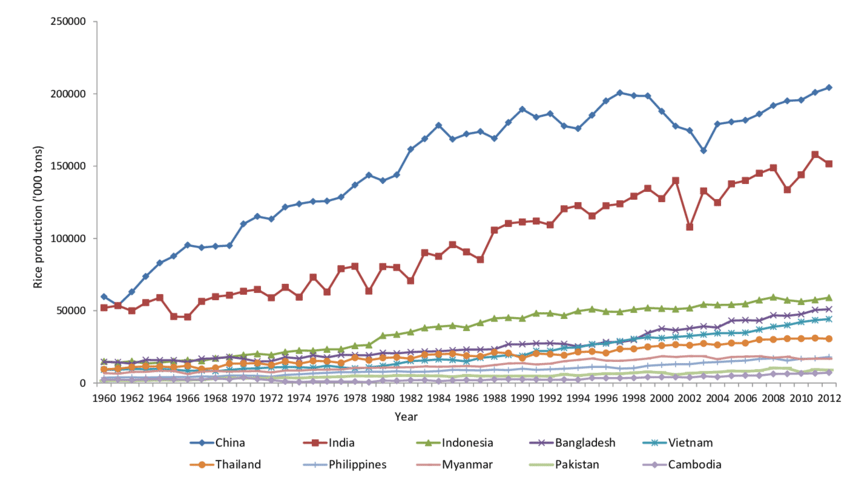
Cereal grain crops are grown in greater quantities and provide more food energy worldwide than any other type of crop.
Wastage of cereals emerges as a significant problem for the environment, with major impacts on carbon, blue water and arable land.
Rice represents a significant share of these impacts, given the high carbon-intensity of rice production methods, combined with high quantities of rice wastage.
Research shows that Cereals contribute over 30% of the carbon footprint of Agriculture, and cause the second biggest food waste.
As a designer, My goal is to add value to a product that has a large carbon footprint so that it cannot be easily wasted.
Rice, the staple of Chinese cuisine, became my topic.
According to Food and Agriculture Organization data, rice ranked second in global cereal crop production.
And China is the world's largest producer of rice, with an annual production of 211,090,813 tons.
China not only the largest producer, But also the largest consumer. China, accounted for 29.1 % of rice consumption in the world.
Rice waste in China will always be a problem.
I want to be the agency to Give Rice Second Life.
Material Experiment
Rice is a very magical material.
When Rice is warm and humid, it’s sticky, soft and translucent. I can easily break the grain and reshape it.
When rice is cold and dried, it becomes harder, brittle and non-transparent.
Pounding steamed rice is also a very common technique with rice. With pounding, the grains of rice are broken up and stuck to each other, it becomes kind of spongy.
You can almost make rice become a kind of sticky clay.
I started to test the idea of making a rice clay.




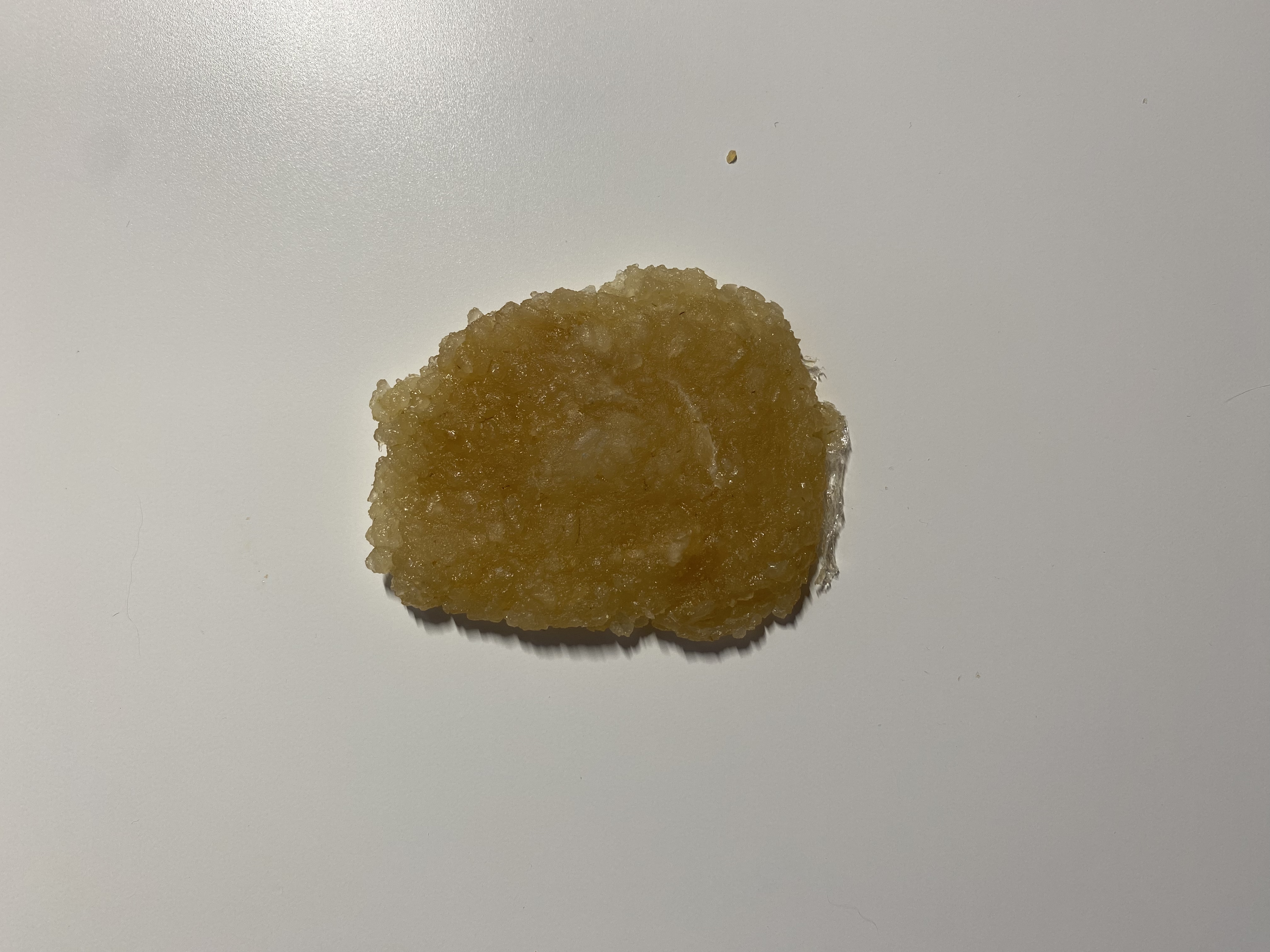
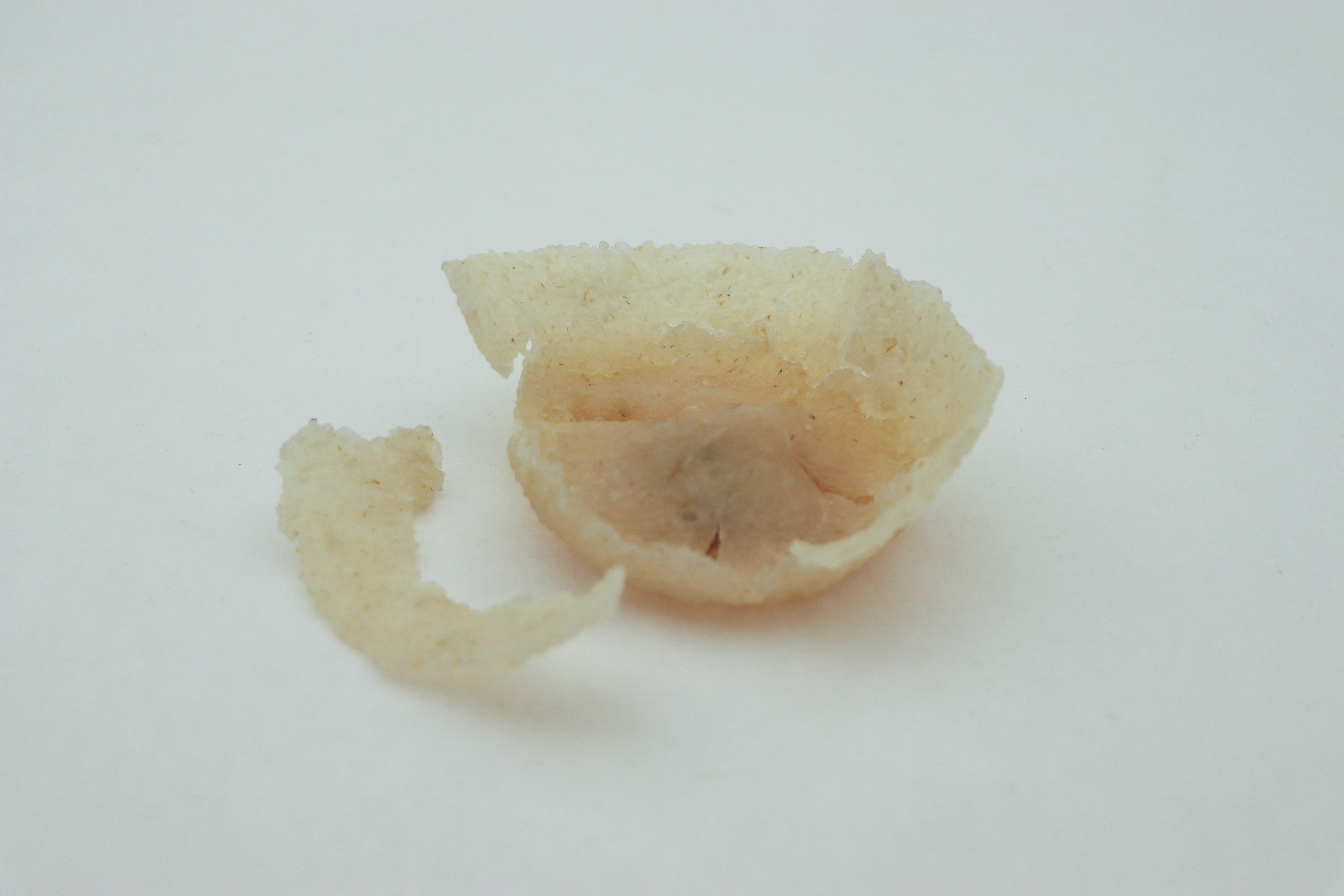

I found Agar Agar and glycerin to be by far the best ingredient to add to the rice clay.
This recipe allows the rice clay to be heated in the oven and speeds up the drying of the rice. It also makes it less brittle and helps it to form. At the same time, it’s still edible.
Bowls made of rice are not as durable as those made of ceramic, and since food is perishable, their existence is only meaningful for a short period of time.
This impermanence is a significant factor in why people cherish things.
Narrative
I aimed to infuse the value of transience, which is often appreciated, into the most ordinary and unremarkable of foods: rice. Through my design, I hope to transform rice - a staple food we encounter daily - into a unique and visually appealing object that rekindles our appreciation for this grain, which we may have taken for granted.
From a practical perspective, instilling the mindset that the bowl itself will be consumed can serve as a motivator for users to finish all the rice and reduce waste.
By promoting this approach, users are less likely to leave any leftover rice in the bowl.
In my designed scenario, The bowl will be the takeout container of a big restaurant.
The restaurant made their own model of rice bowl, and use fresh leftover rice to make bowls everyday.
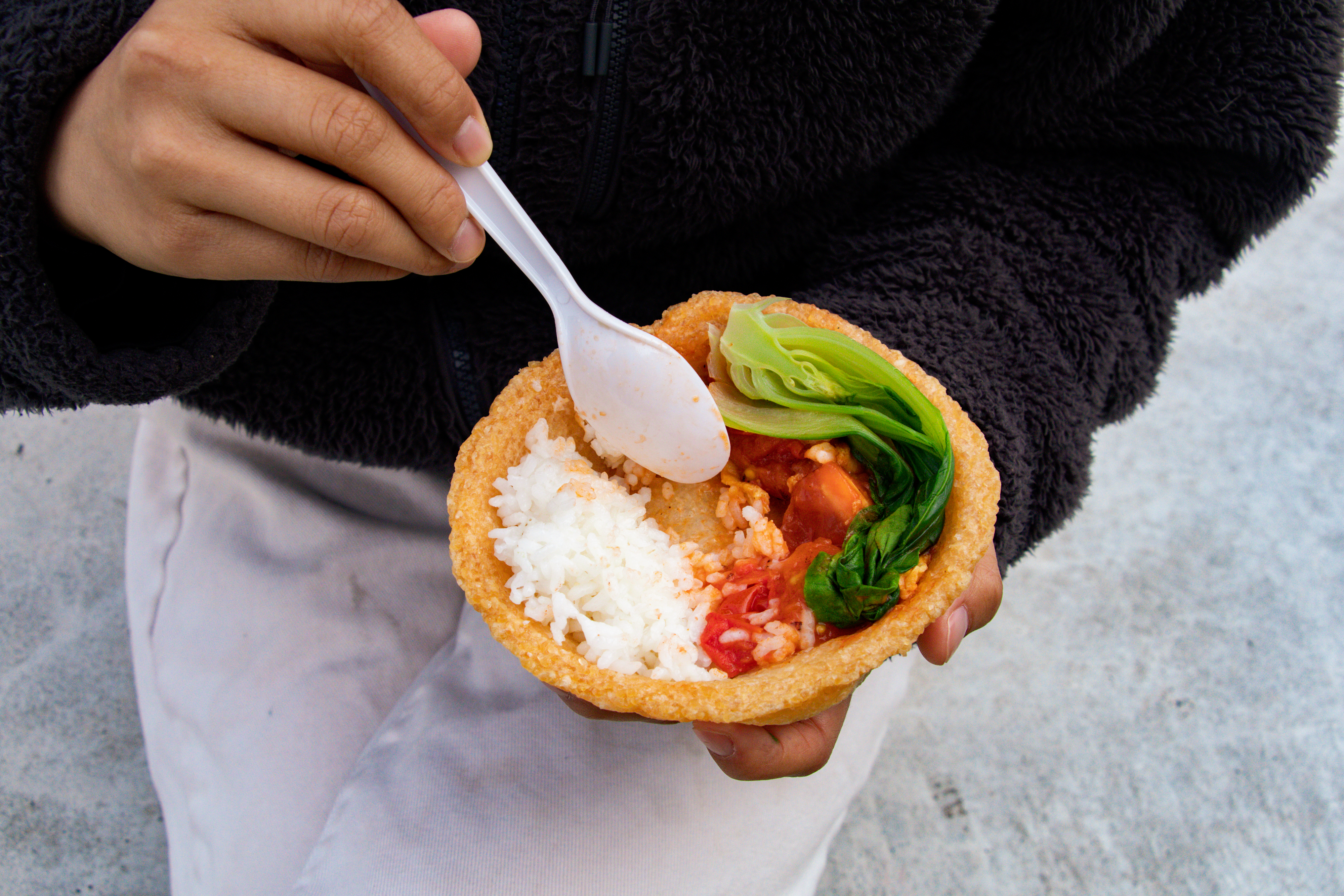
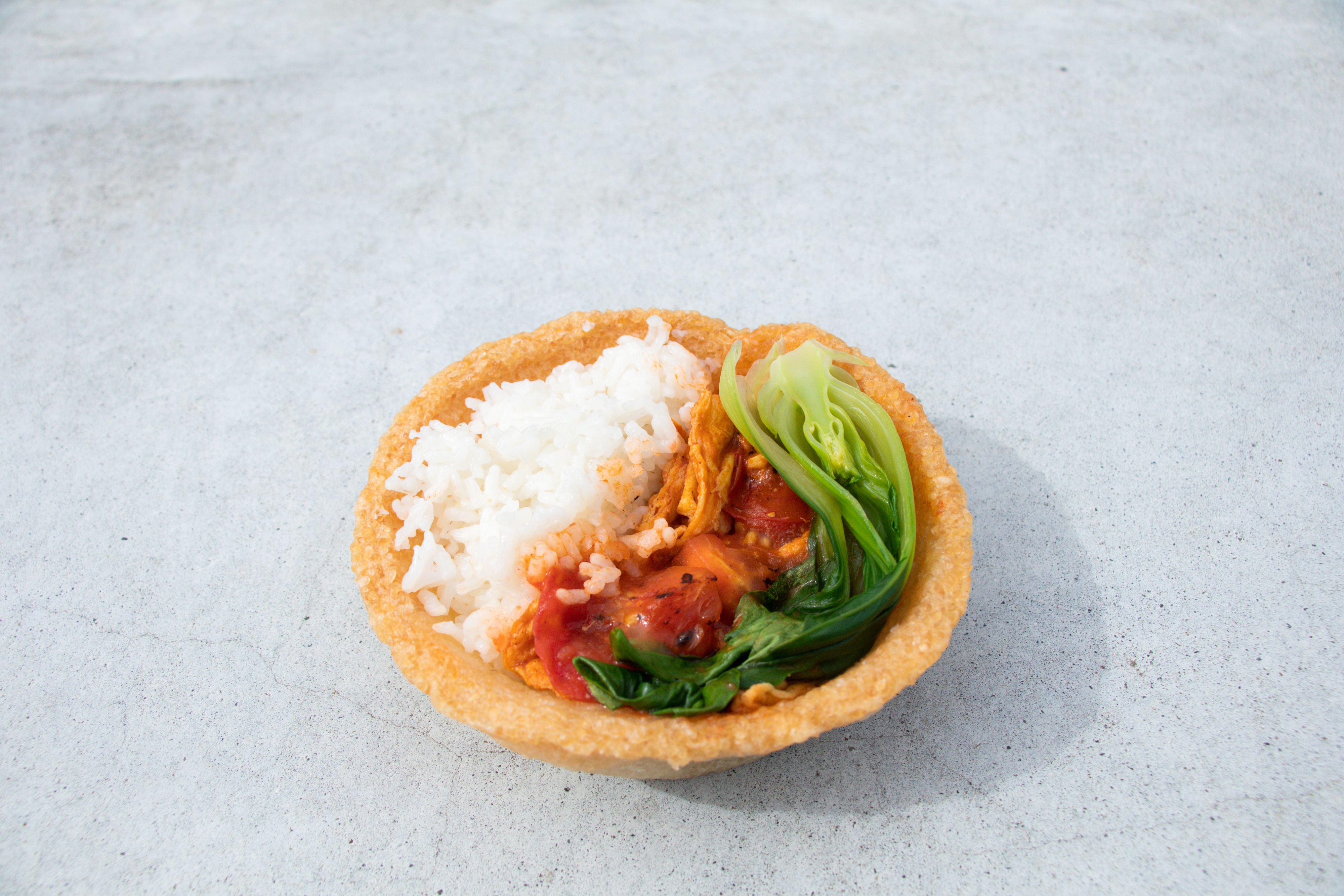
More...
I am continuously testing with different models, also to find the best thickness for being the container. With the quality of the Rica Clay, I want to explore the possibility to 3D printing with it. And because of the history and culture aspects of Rice, I can vision a more culture based project with this unique material.